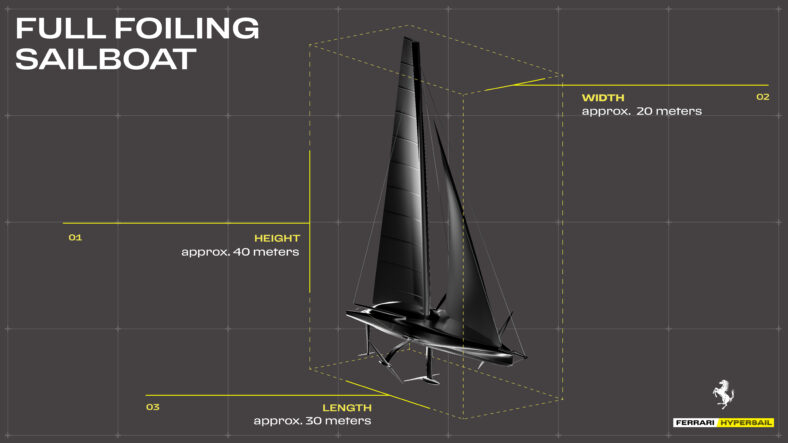While of course known for numerous eras of dominance in Formula 1 and superlatively beautiful road cars, Ferrari has some seafaring cred too. The Ferrari Tip 375 V12, which also powered the car that gave Ferrari its first Grand Prix win, was transplanted to the ARNO XI, a motorboat that set the yet-unbroken record for an 800-kilogram (1,764-pound) watercraft way back in 1953. There there’s the 1990s-era Riva x Ferrari limited-edition speedboats, an example of which proved so desirable that it sold for double its pre-sale valuation in 2022. And of course, Piero Ferrari, Enzo Ferrari’s son, is a significant shareholder in Ferretti Group, the shipbuilding corporation that owns Riva and Pershing.
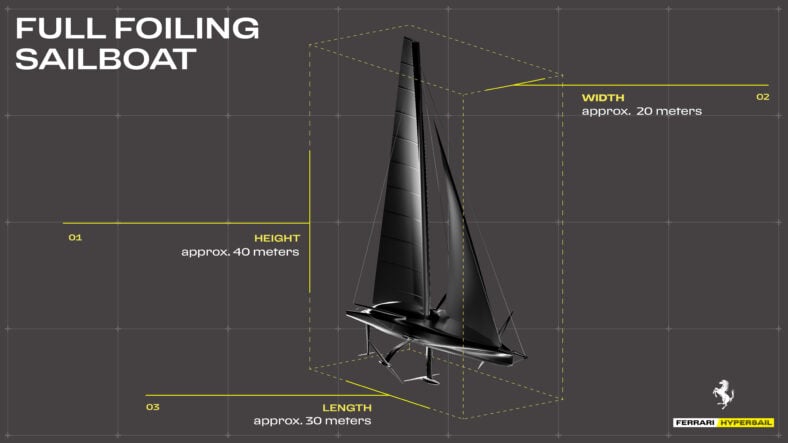
But Ferrari’s most ambitious maritime project yet is definitely the newly announced Hypersail. Generally speaking, the watercraft “aims to establish an outstanding research and development platform focused on offshore sailing. To explore new frontiers in technology and innovation, the project draws upon the expertise of the Ferrari team, which, in close collaboration with specialized nautical experts, is directly involved in the entire cycle of conception, engineering, and testing.”
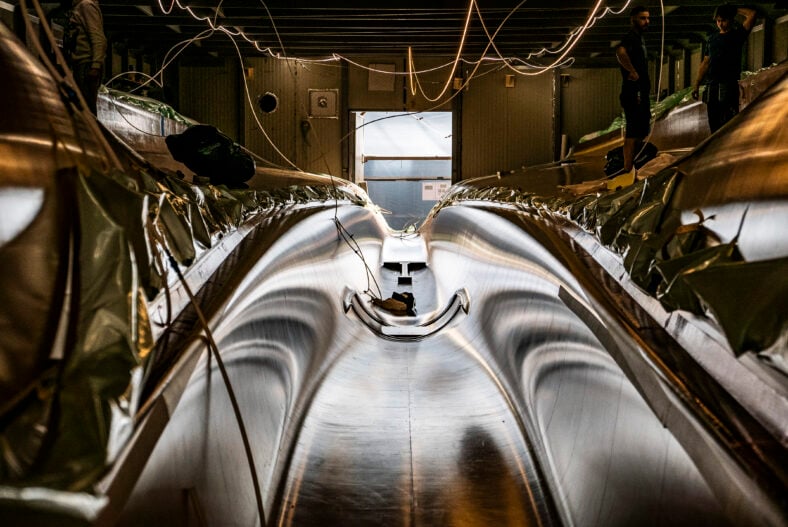
That platform is a 100-foot flying ocean racing monohull prototype built by performance sailboat-specializing naval architect Guillaume Verdier, who brilliantly used a canting keel as the support for one of the foils, with the other two contact points being a foil on the rudder and, alternately, the two lateral foils.
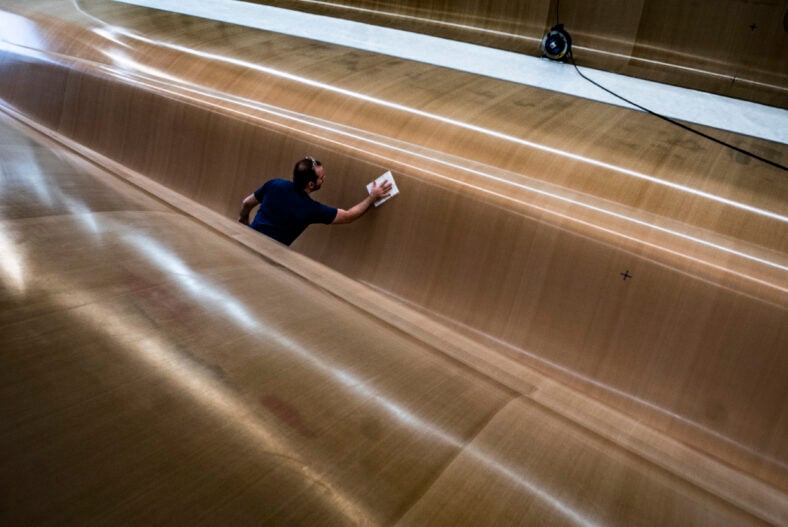
As the first of its size to be entirely energy self-sufficient, Hypersail is designed to operate exclusively using renewable energy sources, including solar, wind and kinetic energy. There is no combustion engine on board, and all the power required to run the control and motion systems for the foils, keel and rudder, as well as the full suite of on-board computers and instruments, will be generated autonomously while sailing.
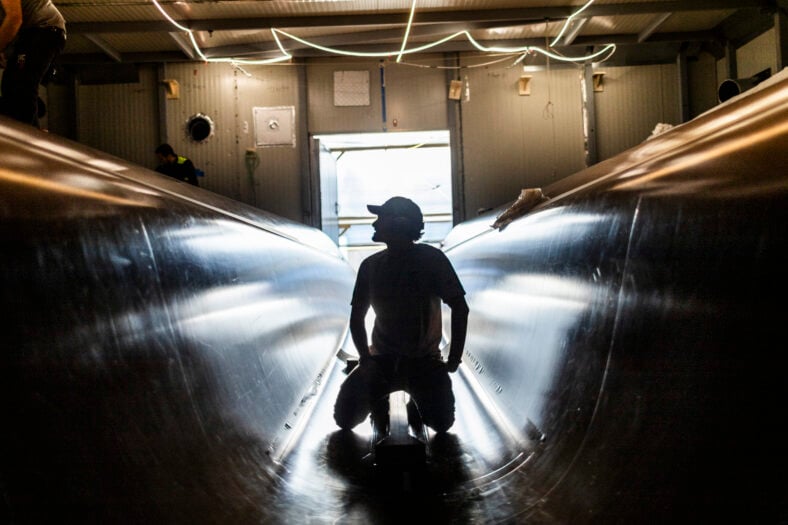
The flight control system also leans on the decades of expertise acquired in the automotive sector. More specifically, it will employ aerodynamic and structural calculation processes to optimize safety and performance while eliminating the need for stopovers, pit stops, and and external support of any kind.
Currently under construction in Italy, the yacht is scheduled to launch in 2026, after which it will undergo its initial sea trials.











